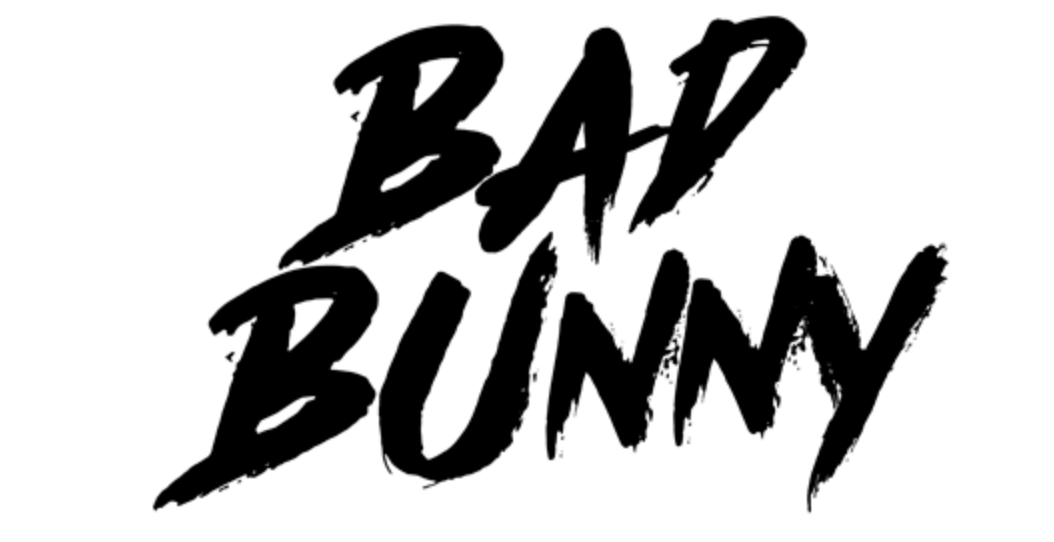
September 21, 2020
During his historic livestreamed parade-like concert in NYC last night, Bad Bunny told his audience of a million-plus fans : “What I’ve done is what I feel. I think people don’t understand and they try to find something or another in my music. But the only thing I’ve done is done things how I think they should be done.”
We know Bad Bunny hace que le da la gana; he does what he wants, always. But it just so happens that a lot of times, what Benito Antonio Martínez Ocasio wants to do is important, meaningful, and game-changing. He’s elevated issues in Puerto Rico through activism, he’s confronted gender norms and stereotypes of masculinity through his music, visuals, and persona, and he’s helped dismantle the barriers that unfairly cordon off Latinx music from the greater mainstream.
And with last night’s instantly iconic concert, he’s honored Latinx history and community in a way few celebrities ever have. The event itself is monumental: No other Spanish-language artist has organized a caravan-style concert through NYC before, much less in this unparalleled time of a modern pandemic.
He also spoke to the 3-year anniversary of Hurricane Maria, the natural disaster that wrecked the island, its immediate post-storm period tragically exacerbated and extended by the inefficiencies of local and federal governments.
But it’s the route Benito and company took that add that extra sentimental weight, making this event an even more significant gift than first assumed.
Read on to learn why the three neighborhoods through which Bad Bunny traveled last night are notable, important representations of U.S. Latinx history.
The Bronx
About 29% of the people living in New York City are Latinx. And while Bad Bunny is for everyone, of course, beginning his spectacle surrounded by the highest concentration of Latinx people in the state of New York feels like a nod to those who love him most. The Bronx is, of course, home to many Puerto Ricans and Dominicans; for many, Bad Bunny is a bridge to the Caribbean islands they miss and cherish.
Washington Heights
Trills of a bachata-trap blend rang through the streets of Little Dominican Republic when Bad Bunny played “La Romana,” named for the city and featuring Dominican dembow star El Alfa, while rolling through Washington Heights.
The Dominican population of the area has dropped in recent years—a result of gentrification, primarily. In 2018, however, between W. 175th and Broadway was officially dubbed Little Dominican Republic in an effort to honor and preserve the work that so many Dominican people have put into the flourishing of that very community.
Save for Santo Domingo, by the way, more Dominicans live in New York City than any other city in the world.
Harlem
Bad Bunny paused the show to give thanks to the entirety of Harlem Hospital’s professionals, from the nurses, doctors, ICU staff and other frontline healthcare workers, who labor tirelessly to help Covid-19 patients. As NYC became a hotspot for cases, the hospital has been inundated—it is a challenging environment, to say the least, where beds are scarce and equipment is lacking.
Black people and other POC, including Latinxs, are especially susceptibleto COVID-19’s effects. Systemic issues like eonomic inequity, housing conditions, discrimination and racism are all a part of this incredible injustice.
A block away from Harlem Hospital is El Barrio (East Harlem), inarguably the epicenter of Nuyorican community and culture. Like other majorly minority populated neighborhoods, the grip of gentrification is tight here—but this long-standing community perpetually pushes back.
Share This Article
